In the 54th minute of FC Copenhagen vs. AGF, I glanced across to the opposing stand of the Parken Stadium to see the number 40 flash up on the fourth official’s board. An excited mutter wraps itself around the stadium: “Roony”.
The score was 3-2 to the away side, Copenhagen needed a win to evade a battle for the title. The game finishes 4-3 with an 87th-minute winner. I am yet to get the 17-year-old substitute’s performance off my mind.
In 2012, the Kuwait-born Roony Bardghji and his family moved to Sweden, where he was picked up by Kallinge SK. After three years there and another four at Rodeby AIF, Bardghji made a significant move to the biggest club, with the best academy, in Sweden — Malmo.
After two seasons, he made the move across the Øresund Bridge to Copenhagen. Bardghji wanted first-team football, and his debut came in November 2021, coincidentally against AGF. He scored his first goal the ensuing game week.
Read on for Bardghji’s scouting report.
COPENHAGEN’S LAST GAME
On September 3rd, Copenhagen played their seventh game of the Superligaen campaign, hosting Viborg. The title holders took 18 points from their previous six, with only a loss to Silkeborg having thwarted a perfect start to the season.
The home side dominated the game and the ball, particularly in the first half, which is no surprise for a team that had an average possession of 56.3% last season (the second highest in the league).
While in possession, Copenhagen build-up in a safe, 2-4 structure with the idea revolving around playing through the phases at speed and looking to isolate the opposing full-backs against both Bardghji and Elias Achouri, who excel in 1v1 situations.
One of the structures utilised by Copenhagen throughout the game was a slightly unorthodox 2-5-3. The wingers, and full-backs on occasion (like in the image below), would sit high looking to either create a threat from wide by beating their man or dragging the opposing full-backs into wide channels, creating gaps for an advanced number eight to exploit.
Another structure they used was a more offensive, fluid, 3-1-6 with a focus on moving Bardghji and Goncalves into more vertical positions up towards Orri Oskarsson, who at times looked isolated without their support, while Elias Jelert was allowed to push high and hold the width on the right-hand side.
From a defensive viewpoint, Copenhagen predominantly adopted two different out-of-possession structures: 4-3-3 and 4-4-2.
In the opening stages of the game, a more aggressive 4-3-3 was used, which would force the opposition to funnel the ball outside due to the narrow front three, which prevents passes in between the lines. The majority of the time this worked well due to the defensive acumen of the full-backs, however, especially on the right-hand side with Bardghji sometimes easily bypassed, leading to an overload.
Once a lead had been taken a more conservative 4-4-2 was adopted with the ball-side winger pushing up to support the nine, while a central midfielder would drift wide. This is a much safer option compared to a 4-3-3 but does concede control to the opposition.
SCOUTING REPORT: ROONY BARDGHJI
Now back to the soon-to-be superstar in question.
Due to a combination of his left-footed bias and his love for moving inside, Bardghji may be shackled to the right-hand side in the near future. As shown by his heatmap below, the 17-year-old will often stay wide maintaining separation from his markers, but also creating space for his team-mates to work in. However, once he has received the ball or if the space is vacant, he will either dart inside with the ball or receive it between the lines.
The teenager scored in that win over Viborg, and that goal epitomised one of the key facets to his play: Picking up the ball in the wide channel, moving inside and rifling a shot off.
Without a doubt, Bardghji’s biggest strength is his ability to go past his man. His agility and balance are off the scale, and the use of short, sharp touches allows him to draw markers in close before gliding past them, leaving them wondering how they didn’t win the ball.
Due to Bardghji’s lack of creativity through the pass, he relies on his dribbling in order to carry the ball into the final third, or as a weapon to break down low blocks.
Throughout his career, his dribbling numbers have always stood (7.74 per 90). As you can see below, his dribbling style is utilised best in tight spaces, rather than in a carrying situation, due to a slight like of athleticism and raw pace.
Something that you don’t often see in such a young player is such exceptional ball striking. The power that Bardghji can get behind the ball, combined with his ability to cut inside, is frightening. His technique across all levels of play is superb.
A small criticism would be his shot placement and his obvious left-foot bias. If he can gain slightly more control over his shots, the number of narrow misses (as shown below) could easily be turned into goals. Meanwhile, 82% of shots are off his left foot. As Bardghji progresses through his career, this may become an issue as the level of quality amongst his opponents will increase and thus his predictability could hold him back.
Something that is almost unquantifiable is his composure in front of goal. He doesn’t often find himself in one-v-one situations with the goalkeeper. However when he does, he very often scores.
All elite clubs, especially in the Premier League, have wingers who can relentlessly press. Bardghji is not that; which is a slight concern. He features in the bottom quartile in both recoveries per 90 and counter-pressing recoveries per 90. As a wide player in a ball-dominated side, you would really expect these players to be in the highest quartile.
Fundamentally, a lack of aggression holds him back and I think it’s easy to pin the ‘physicality’ card on him, which is just untrue — for his size he displays good strength to hold off opponents and compete for the ball. Compare him to Newcastle United wingers Anthony Gordon and Miguel Almirion who are both superb off the ball; they aren’t particularly strong, but their ability to cover ground over short spaces is excellent and they both have an innate desire to win the ball, which for now, Bardghji lacks.
Bardghji is a fabulous player to watch, and he also has strong output through shots and dribbles. However, there are downsides to his game, such as his lack of creativity through passing and his off-the-ball work.
However, it must be remembered that he is just 17. No player will ever be the finished article at this age and I’m sure his game will develop.
I have tried not to make this comparison, but I can’t help myself. He reminds me, particularly based on his form this season, of a certain Argentine who broke into the Barcelona side in the mid-2000s…
By Alfie Biggs

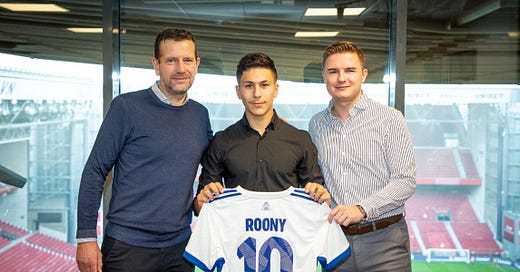


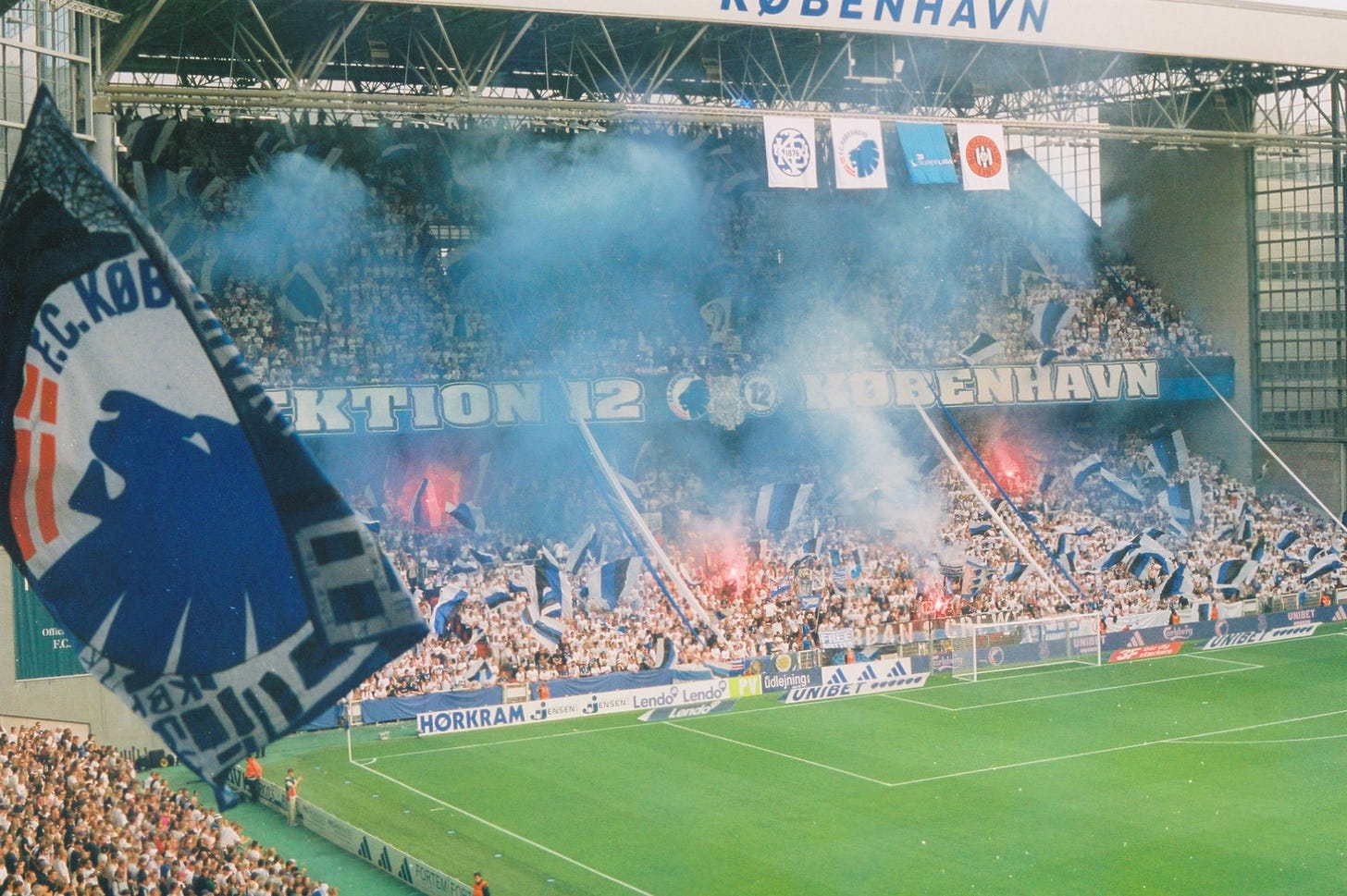
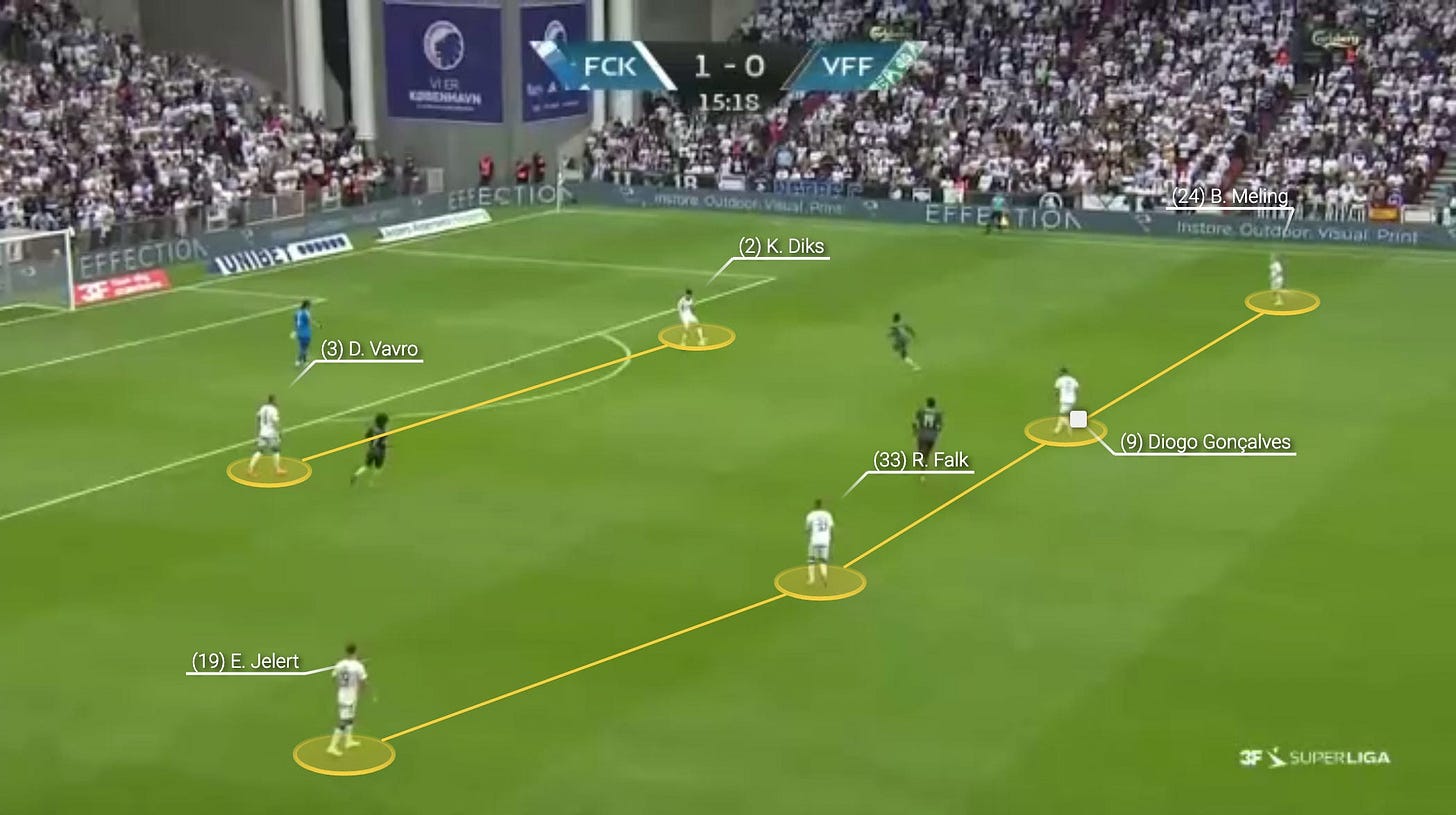
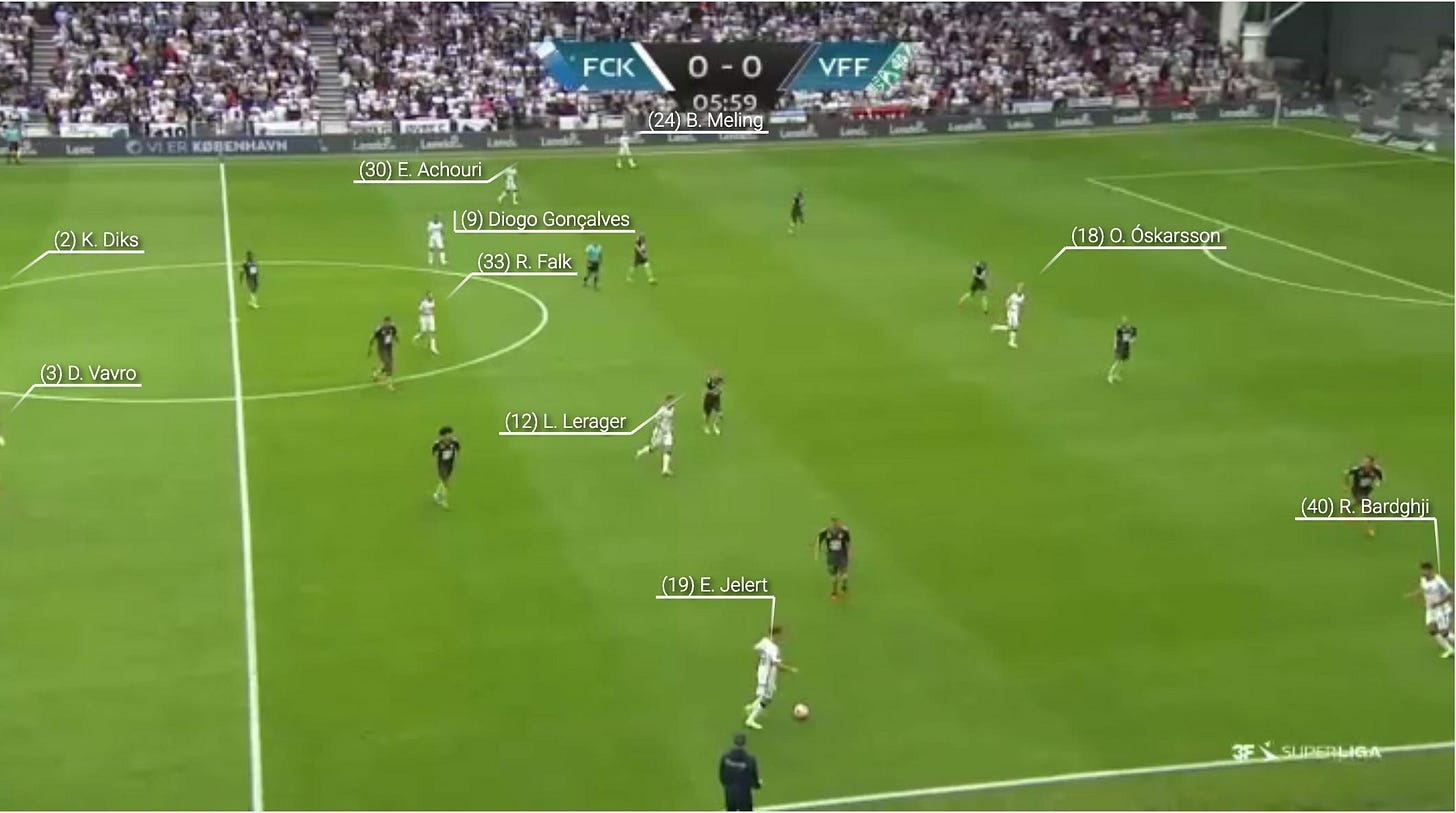
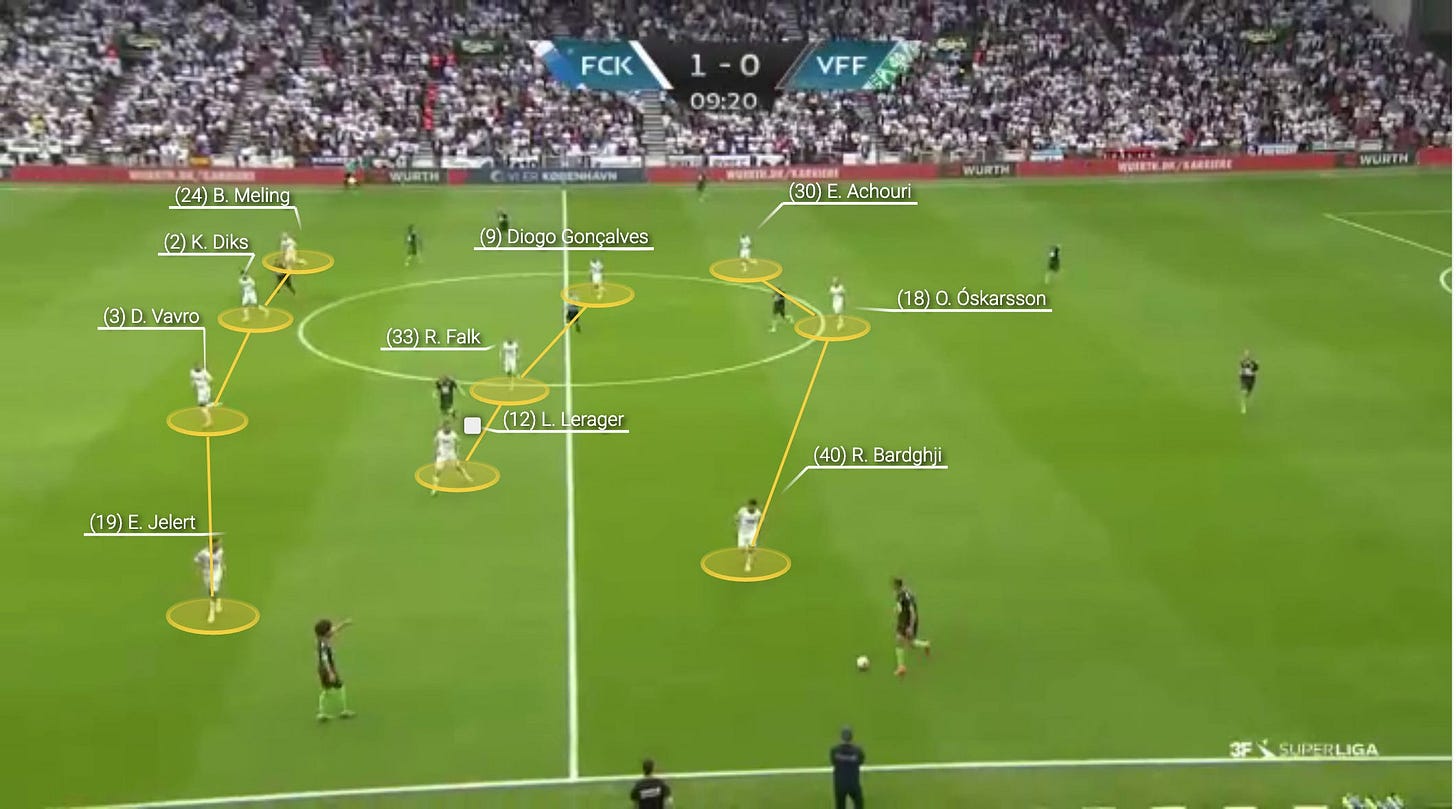
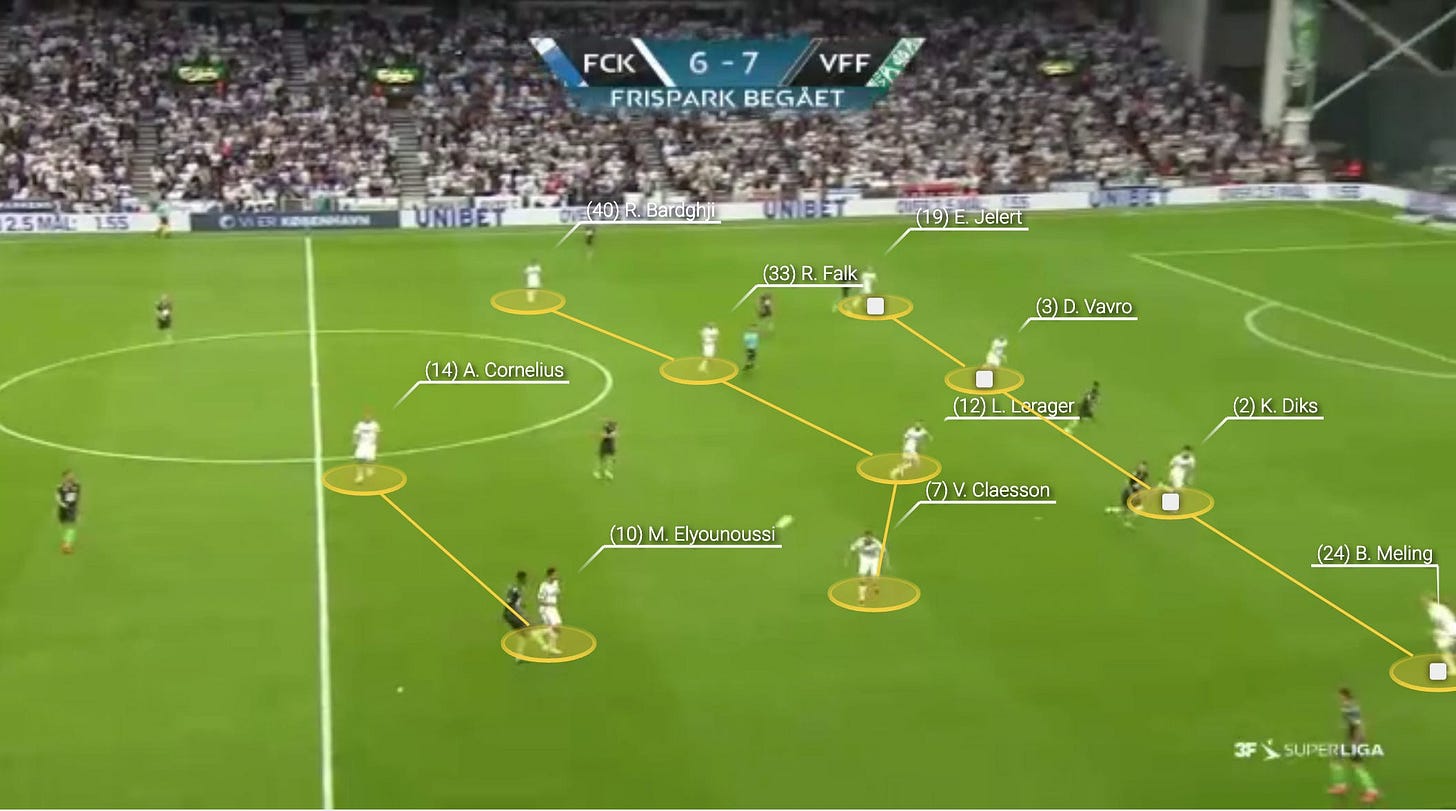
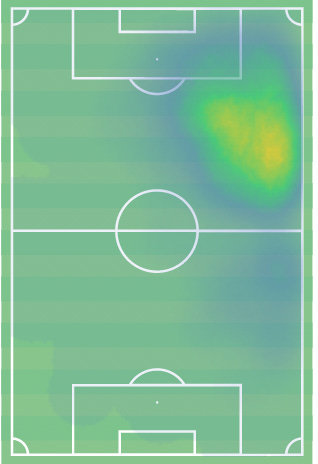

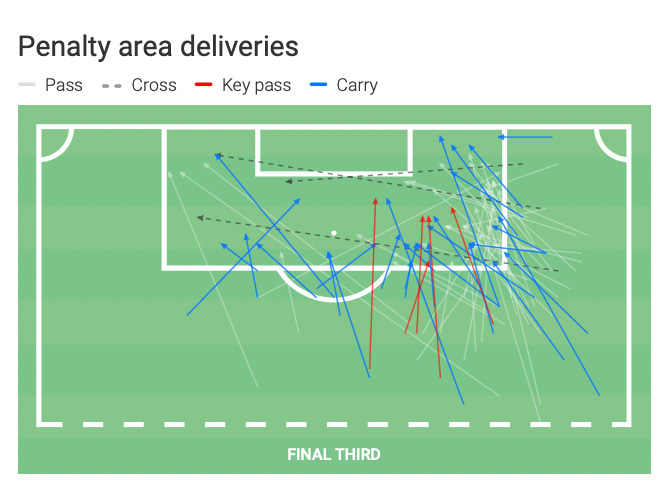




Enjoyed the article Alfie, would like to know your thoughts of where you see him in the future.